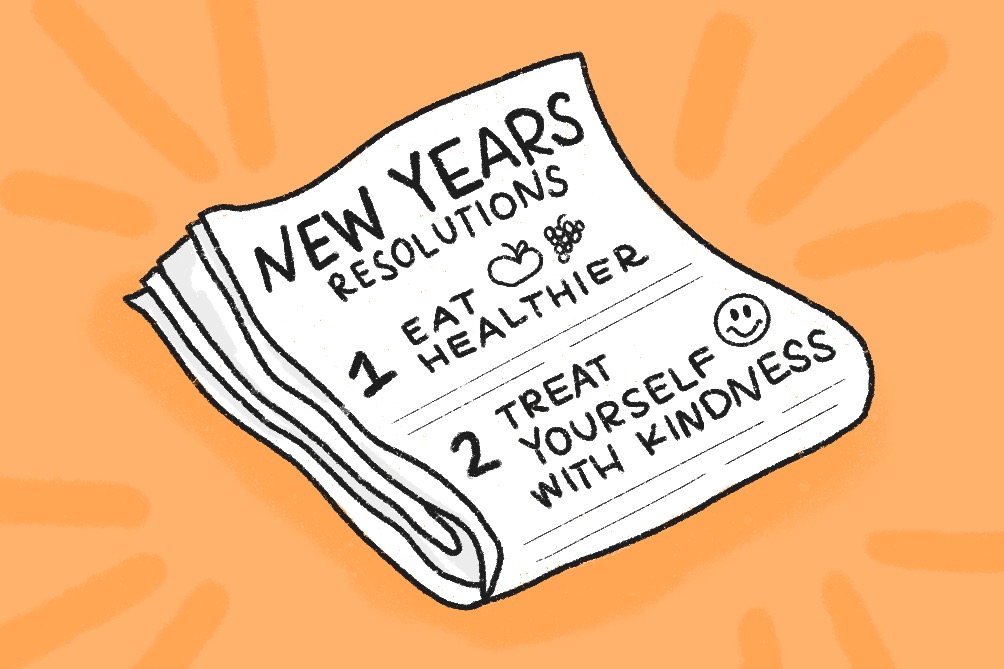(ARA) – The more you know about credit card information, the better you can manage your financial life.
“Separating the myths from reality when it comes to credit card use is an important step on your way to ensuring a good credit history and financial security,” says Beverly Ladley, Unsecured Borrowing & Small Business Products executive for Bank of America.
Ladley offers the explanations and truths behind five common misconceptions about credit cards:
1. Myth: Applying for a new credit card will not impact your credit score, unless you use the card. Reality: There are five key calculations that are combined to generate your credit score. Applying for new credit, even if you don’t use the card, accounts for up to 10 percent of your credit score. Frequently applying for new credit can hurt your credit score, so think twice before applying for a new credit card to be sure that you actually want it.
2. Myth: Paying less than the minimum on your credit card bill doesn’t count as a missed payment. Reality: If you pay less than the minimum payment on your bill, it may be considered a late payment. Frequently paying less than the minimum will hurt your credit score and make it harder for you to qualify for credit. Check your statement for the required amount due, and always pay it on time to keep your account current. And remember, paying more than the minimum is a great way to improve your credit profile and pay less interest over time.
3. Myth: A high credit card limit is bad. Reality: If you manage your credit cards wisely, a high credit limit can in fact be advantageous. Thirty percent of your credit score is determined by calculating your overall credit card balances as a percentage of your total available credit on all your cards. The lower your debt-to-credit ratio, the better. If you have a high credit limit and you keep your balances low, your debt-to-credit ratio will indeed be low, so a higher credit card limit can help you protect your good credit score.
4. Myth: You must carry a balance on your credit cards to build a credit history. Reality: You must use your credit cards to build a credit history, but that does not mean you must carry an unpaid balance. In fact, your best strategy is to use your credit cards and pay off the bill in full each month so you keep your overall debt-to-credit limit low.
5. Myth: The more credit cards you have, the better. Reality: A wallet stuffed with credit cards can make financial institutions nervous that your spending could get out of hand. You don’t need to restrict yourself to just one card, but refrain from opening credit cards – including store cards – frequently. The number of credit cards you carry makes up about 10 percent of your credit score, so having a large number of credit cards may negatively impact your credit score.
Your credit card is more than just a convenient way to make purchases and manage your expenses.”By understanding how your credit card behavior affects your credit score, you can take steps to use your card wisely and build your score,” says Ladley.






